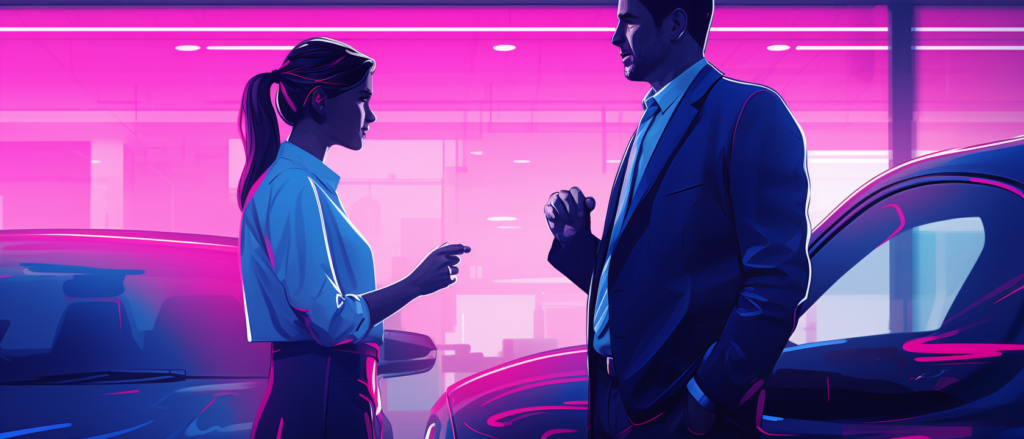I have been reading all the media reports on Volvo and Google’s progress in developing driverless cars with great interest. Apple have been reported to be entering the race for a driverless vehicle, which would place it against some other big car manufacturers currently investing huge sums of money to get there first.

Of course with all new technology and products of this nature, there are numerous potential positive and negative impacts on our current transportation environment.
Drivers often become complacent – especially on familiar routes. They can also become over confident in their own abilities, even when driving in altered conditions. But fear of relinquishing control to machines will possibly sway public opinion against purchasing this technology. In my opinion, the continued automation of the passenger car is inevitable and driverless cars will own a sizeable market in years to come.
Tesla Motors’ CEO Elon Musk recently referred to a future scenario where a car could drive its owner home if the car deemed you unfit to drive – effectively seizing control from the driver, but the concept of removing driver control is not new. Many vehicles are now fitted with reverse parking capabilities and front and back sensors. Air bags inflate automatically if the car has a collision and cars are also capable of applying the brakes faster than human reflexes.
Making drowsy driving decisions
Of course most driving decisions remain in the control of the driver but unfortunately our indestructible egos often play a role in our decision-making process. So many drivers continue driving, even when tired, and they struggle with the idea that they could succumb to a deadly micro sleep – even though the statistics tell us it is likely to happen.
The innate human stubbornness to outmanoeuvre fatigue and ‘push on’ often leads to a deadly outcome: an estimated 30% of fatalities on the roads are fatigue related and in a recent Optalert survey, approximately 65% of people admitted to having a micro sleep while driving.
So the concept of a driverless car raises an interesting set of potential outcomes. The car could detect when it believes you are no longer fit to drive and take over so the driver then becomes a passenger. Alternatively, the car could override your control and terminate the drive and as Tesla said “take you home”.
Artificial intelligence
There are also the moral choices or decisions that need to be programmed into these systems. This artificial intelligence will make critical decisions in the event of an impending accident. An example would be at the very instant of a crash, should the driverless car, given two options, a. hit a dog or b. hit a pedestrian? This is of course causes a significant moral dilemma and I am sure the legal implications will pose a whole new set of challenges.
Insurance companies have already started using phone apps to monitor driving behaviour, with the results potentially affecting insurance premiums. But if you own a driverless car, who will be at fault in the case of an accident or unsafe driving practices?
In-vehicle fatigue detection systems
I recently bought a new car and I looked at several different makes and models before I made my final decision. A number of self-proclaimed fatigue detection systems are standard in entry model cars – particularly in European models. To my surprise, the features have so many disclaimers and conditions of their use that even their salespeople said the alerts are not reliable. One salesperson even offered to remove the fuse to disconnect the device as it was irritatingly incorrect and more of a distraction when driving.
Automotive manufacturers are always interested in making vehicles safer, but unfortunately many systems are currently in their infancy. Our technology is independently validated and has the advantage of warning the driver before they reach the dangerous state of drowsiness. Optalert’s algorithm can combine with other in-vehicle systems to feed the driver’s Johns Drowsiness Score (JDS™) while in control of the vehicle. This means the future of looks very interesting and hopefully more independent rigorous testing will be involved to ensure drowsiness-detection systems are more reliable and ultimately our roads and our journeys will be safer.


